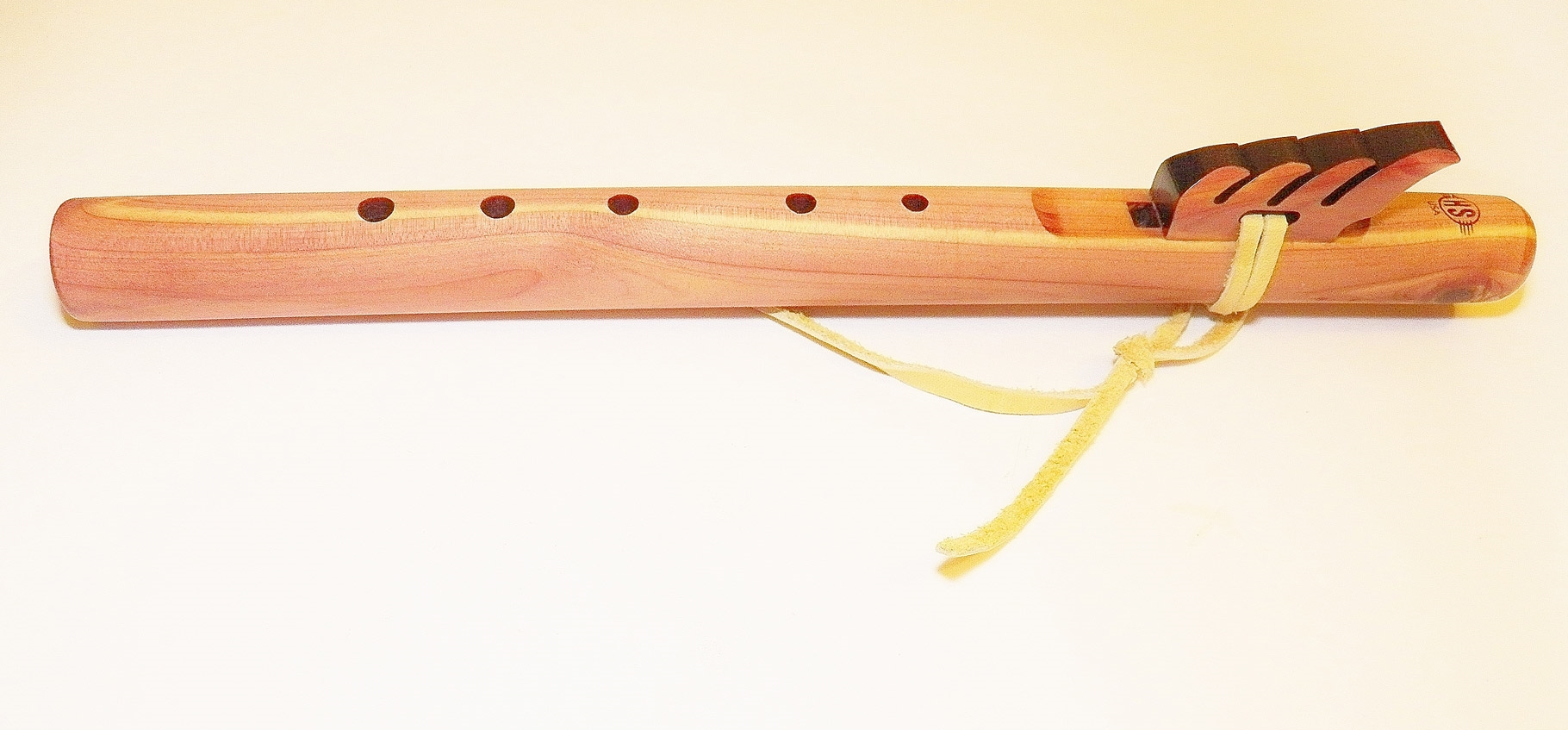Eastern Red Cedar : Native Cultural Significance
The Eastern red cedar has a variety of ethnobotanic uses and is regarded with special spiritual significance in many Native American tribes. It is regarded as the “Tree of Life,” or “Holy Tree,” for many tribes including the Comanche of the Southern Plains and the Kiowa of the Western and Southern Plains.
It is used extensively in ritual ceremonies and burned in sweat lodges as the pleasant scent radiated while burning is understood to cleanse the area. Both the Kiowa and Comanche venerate a “cedar man” who is devoted to tending the burning cedar incense. Great spiritual significance is also exhibited among the Cherokee as many descendants carry a small piece of cedar wood in a medicine pouch around their neck for protection. A Cherokee legend explains that the Creator placed the spirits of their people in red cedars, and they believe the wood carries powerful protective spirits.
The Eastern red cedar is also one of the four sacred medicines for many tribes, the others being sage, tobacco, and sweet grass.
For example, the Blackfeet of the Northern Plains used the berries to make a tea to stop vomiting. Another tea made from the root that was used as a general tonic, especially for back aches. Additionally, they boiled the leaves with turpentine and rubbed the solution on painful areas to relieve arthritis.
The Cheyenne of the Great Plains made tea from the cedar leaves as well to relieve persistent coughing. They also believed it produced sedative effects that were useful for calming hyperactivity and Cheyenne women drank red cedar tea to hasten child delivery. The Cheyenne, along with the Flathead, Nez Perce, Kutenai, and Sioux, also made a tea from red cedar boughs, branches, and fleshy cones, which they drank for colds, fevers, tonsillitis, and pneumonia.
The Gros Ventres of the Great Lakes region and Montana ate whole red cedar berries or made tea from them to cure asthma. They also made a salve with the leaves and root which they applied topically to control bleeding. The Crow of the Yellowstone River Valley drank a similar medicinal tea to stop diarrhea and Crow women drank it after childbirth for cleansing and healing. The young leafy twigs of the red cedar were also officially listed in the U.S. Pharmacopoeia from 1820 to 1894 as a diuretic.
Additionally, the wood of red cedar is very durable, and was used in teepees, lance shafts, bows, and other items. Cedar boughs were used for bedding and the Menomini of Northern Wisconsin and Michigan wove mats of cedar bark for roofing, partitions, floor mats, wrappings, and for various purposes in canoes. “Love Flutes” crafted from vibrant red cedar heartwood were also highly regarded by the Kiowa and Cheyenne.

Native American Eastern red cedar "Love Flute" (Libby, 2014).
Native Americans also used the posts made from Eastern red cedar to mark boundaries between tribal lands. Such spectacular crimson poles adorned with fish heads, animal skulls and streaked with blood were encountered by French explorers in Louisiana in 1699. This compelled them to name the site “Baton Rouge,” French for “Red Stick."
